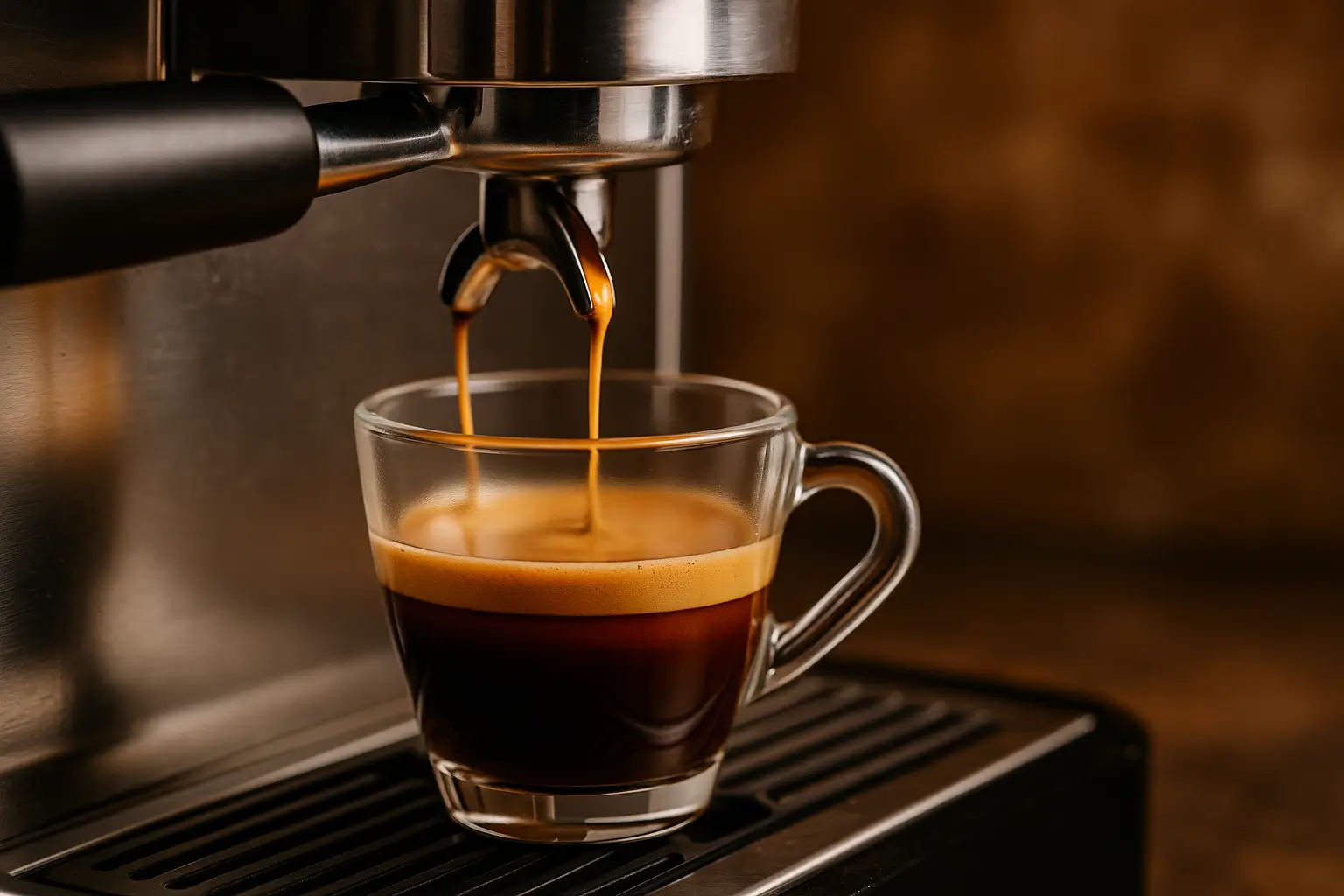A great espresso shot is a thing of beauty—rich, aromatic, and full-bodied with a velvety crema on top. But achieving that perfect balance of flavor, texture, and strength isn’t just about having a fancy machine. It’s about mastering the variables that influence the outcome. In this guide, we’ll explore what makes an espresso shot truly exceptional and how you can replicate it consistently at home.
What Is an Espresso Shot?
An espresso is a concentrated form of coffee brewed by forcing hot water through finely ground coffee under high pressure (typically 9 bars). It’s the foundation for many coffee drinks like cappuccinos, lattes, and macchiatos, but it’s also an art form on its own.
Key Characteristics of a Great Espresso Shot
- Crema: A golden, foamy layer on top, indicating freshness and proper extraction.
- Body: The weight and texture felt on the tongue—should be rich and syrupy.
- Flavor: Balanced bitterness, sweetness, and acidity.
- Aroma: Intense and complex, ranging from nutty to fruity to chocolaty.
- Finish: A lingering aftertaste that’s clean and pleasant.
Essential Equipment
To make a quality espresso, you’ll need:
- Espresso machine with stable pressure and temperature
- Burr grinder for consistent, fine grind
- Tamper to compress the coffee evenly
- Scale and timer for precision
- Filtered water for purity
The 7 Key Factors to a Perfect Espresso Shot
1. Freshly Roasted Coffee Beans
Use beans roasted within the past 2–3 weeks. Freshness directly affects crema and flavor. Store them in an airtight container away from light and heat.
2. Grind Size
Espresso requires a fine, consistent grind—almost like powdered sugar. Too coarse and the shot will be weak and sour; too fine and it’ll be bitter and over-extracted.
3. Dose
The standard dose is 18–20 grams for a double shot. Use a scale to measure your grounds precisely every time.
4. Tamping Technique
Apply firm, level pressure to the coffee in the portafilter. Uneven tamping leads to channeling, where water finds weak spots and over- or under-extracts the puck.
5. Water Temperature and Pressure
Optimal temperature: 195°F to 205°F (90°C to 96°C). Pressure should be around 9 bars. Consistency here ensures uniform extraction.
6. Extraction Time
The ideal shot takes about 25–30 seconds from the first drip. Too fast? It’s under-extracted and sour. Too slow? Over-extracted and bitter.
7. Brew Ratio
This is the relationship between the amount of ground coffee and the amount of liquid espresso.
- A classic ratio is 1:2 (e.g., 18g in, 36g out).
- Adjust based on taste: tighter ratios for intense shots, looser for a lighter profile.
Troubleshooting Common Espresso Issues
- Sour Taste: Under-extracted. Try a finer grind or longer brew time.
- Bitter Taste: Over-extracted. Use a coarser grind or lower brew time.
- Weak Body: Increase the dose or improve tamping.
- No Crema: Check bean freshness or grind size.
Tips for Consistent Results
- Warm up your machine and portafilter before use.
- Use a shot mirror or bottomless portafilter to analyze extraction.
- Keep your grinder clean—oils can affect flavor.
- Practice “dialing in” each new bag of beans by adjusting grind and dose.
Exploring Espresso Flavor Profiles
Different beans and roasts bring different notes to espresso:
- Light Roast: Bright, acidic, fruity
- Medium Roast: Balanced, sweet, nutty
- Dark Roast: Bold, chocolaty, smoky
Try single-origin espresso for nuanced flavors or blends for a harmonious profile.
Beyond the Shot: Espresso-Based Drinks
Once you’ve mastered the basic shot, explore drinks like:
- Macchiato: Espresso + dollop of foam
- Cappuccino: Equal parts espresso, steamed milk, and foam
- Latte: More milk for a creamier drink
- Americano: Espresso diluted with hot water
Final Sip
Pulling a great espresso shot isn’t just about equipment—it’s about understanding the science and practicing the technique. With attention to detail and a willingness to tweak, you can make café-quality espresso at home.
Remember: great espresso is not a lucky accident. It’s the result of intentional decisions, precise measurements, and a passion for the perfect shot.
